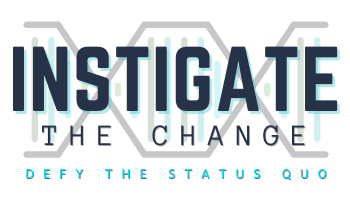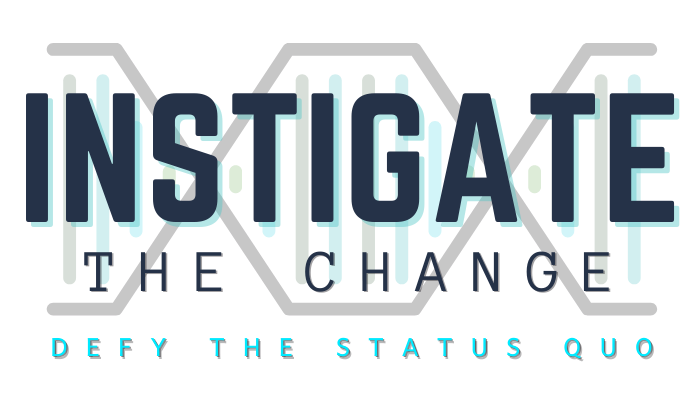This is the third post post in a four-part series on utilizing dictation in the writing process.
The first post addressed the benefits of dictation. The second post emphasized helpful guidelines for dictation. This post walks through my specific process of dictation. I use this process when I’m writing a blog post, a book, a dissertation, an article, or an email.
- I outline my writing
Outlines keep me focused. Without an outline, I waste unnecessary time in the editing process. An outline guides me, providing the guardrails to keep me on topic. Before I dictate, I make sure I have an outline strong enough to produce a decent first draft. - I dictate my writing
With my outline in hand, I dictate my writing. I try not to filter my words, giving myself freedom not to overthink. This allows me to write what I want in that moment without the editing part of my brain filtering my words. The less editing I do, the more I know I am using my unique voice. I reserve all edits for the second draft. - I transfer the audio file to my computer.
In order to transcribe my audio file, I must move that file to my computer. This is a simple USB file transfer where I move those audio files into a folder on my computer labeled “to transcribe.” - I import the audio file into my transcription software.
The exact process depends on your transcription software, but it’s often a simple import. The goal is to get your audio file transcribed into written words on your computer. - I copy and paste the transcribed document into my writing software.
Scrivener is my software of choice for writing. Regardless of what application you use, you want to copy and paste the transcribed words from your transcription software into your writing software. It helps to paste the transcribed file as unformatted text so you don’t have formatting issues later on down the line. - I edit my first draft.
I rarely edit my first draft after transcribing it. I like to give it a day or two to settle before I edit. - I make final revisions and check grammar.
I read through the piece one final time, making any necessary revisions. Then I run my writing through the grammar checker ProWritingAid. This is the last step in my process for a blog post or an article. A book requires more to the editing process.
Now, my writing is ready for its ultimate destination.
If you use dictation and have a different process, please share your insights in the comments section.
In the fourth and final blog post in this series on dictation, I will focus on the tools I use for dictation.







